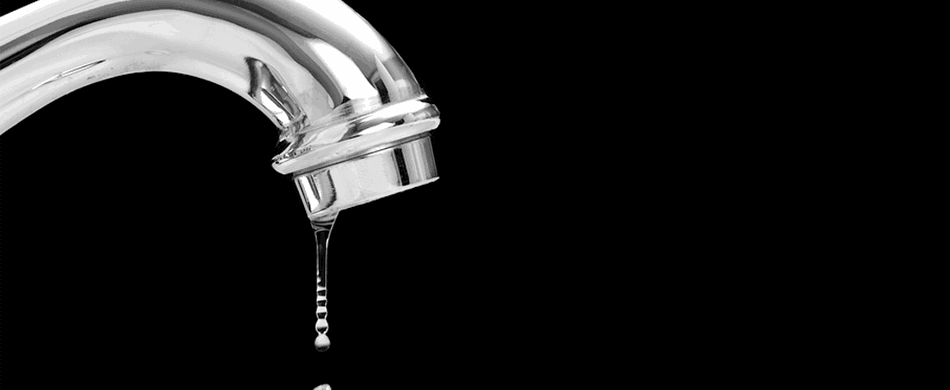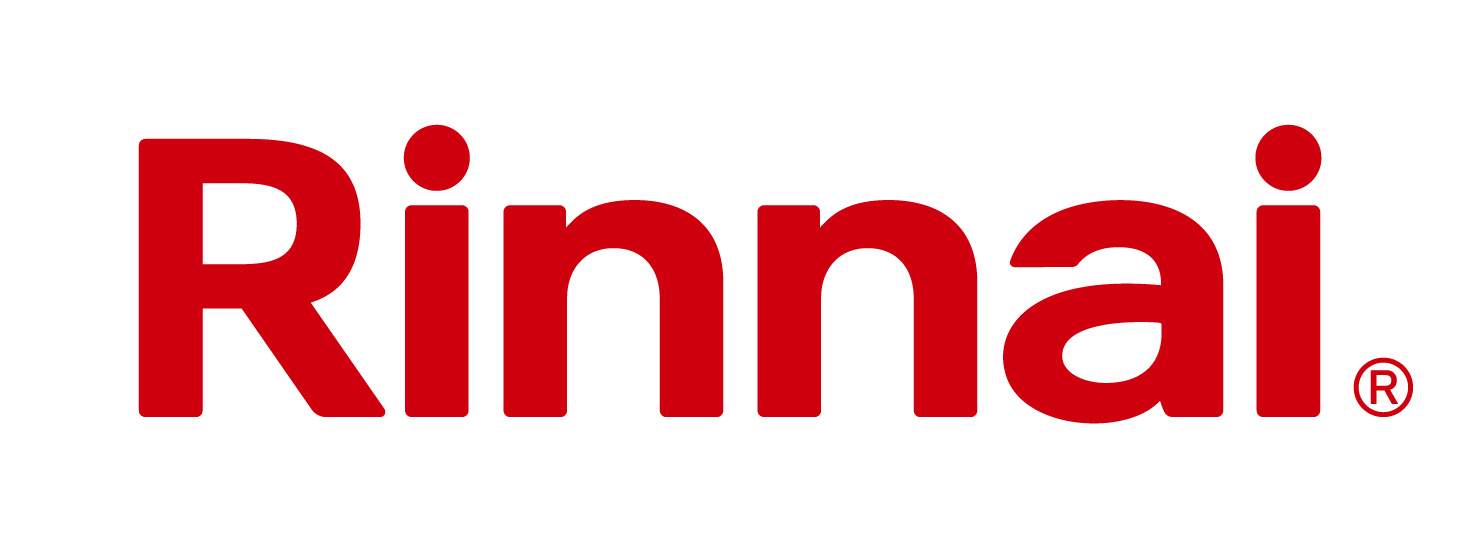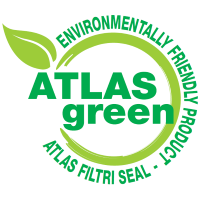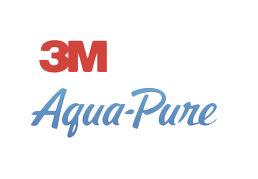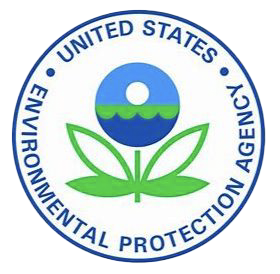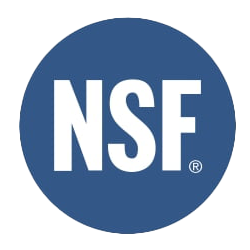When we turn on the tap most of us assume that what comes out is safe for us to drink. It’s an advantage of living in a first world country where our City water is carefully monitored and our rural areas are regularly checked for contaminants. However, according to George Washington University’s Face the Facts initiative, drinking water contamination is a reality. Each year, 850 billion gallons of wastewater enters the U.S. public drinking water supply because of aging or inadequate water systems. That’s equivalent to 13.6 trillion eight-ounce glasses!
The EPA says U.S water systems need $500 billion in maintenance and new capital investment by 2020. So what does that mean for us?
According to the North Carolina Cooperative Extension Service there are four general groups of contaminants that can end up in our water:
- Microbial pathogens (bacteria, parasites and viruses)
- Organics (pesticides, solvents, degreasers, and trihalomthanes)
- Inorganics (heavy metals and other compounds)
- Radioactive elements.
Generally speaking, many of these contaminants are found in our average drinking water, but they are in such a minute dose that the water is considered safe to drink by the EPA.
The number one health issue associated with drinking contaminated water is campylobacteriosis. It is an infectious disease caused by bacteria that may be found in public water sources. It causes diarrhea, cramping, abdominal pain and fever.
The Centers for Disease Control have identified a number of diseases that are possible through contaminated water in public water systems. The number one health issue associated with drinking contaminated water is campylobacteriosis. It is an infectious disease caused by bacteria that may be found in public water sources. It causes diarrhea, cramping, abdominal pain and fever within two to five days of exposure and typically these symptoms may last up to a week. This disease can also be life threatening in people with compromised immune systems (such as the very young or the very old).
Other health concerns from drinking contaminated water include E. coli, hepatitis A, and salmonella all of which can be life threatening if untreated or undiagnosed.
It’s not just our drinking water that is at risk. Those same contaminants in our drinking water can wreak havoc on our crops. The U.S. National Library of Medicine has researched the effects of using contaminated water on crops and these studies showed high levels of microbial contamination in vegetables irrigated with wastewater.
While the United States enjoys some of the safest water in the world, the effects of these billions of gallons of wastewater entering our public water supply can impact the quality of fruits and vegetables across the entire country. Even for those whose water is safe.
Testing the quality of your water has never been easier though. Most major hardware stores (like Lowe’s or Home Depot) offer water testing clinics or provide kits that allow consumers to test the quality of their home water for themselves. These may be necessary investments in the future if the treatment of our wastewater does not become a more pressing concern.
Papalia is doing its part by offering a discount on an under the sink quality water filter system for all homes that are on town water. Well water homes would require a water test and possibly a different style filter to accurately treat the water. We have had great success with the APDWS-1000. The dual filter system removes a high level of contaminates that could be in question when dealing with town water. The easy to remove filters can be replaced up to every 2 years. The fancy spout can be installed easily into a stainless steel sink. In this special off we will drill the hole at no additional charge.
For the months of January and February Papalia is offering the APDWS-1000 filter system for $700.00 installed! This is a savings of $184.00!
